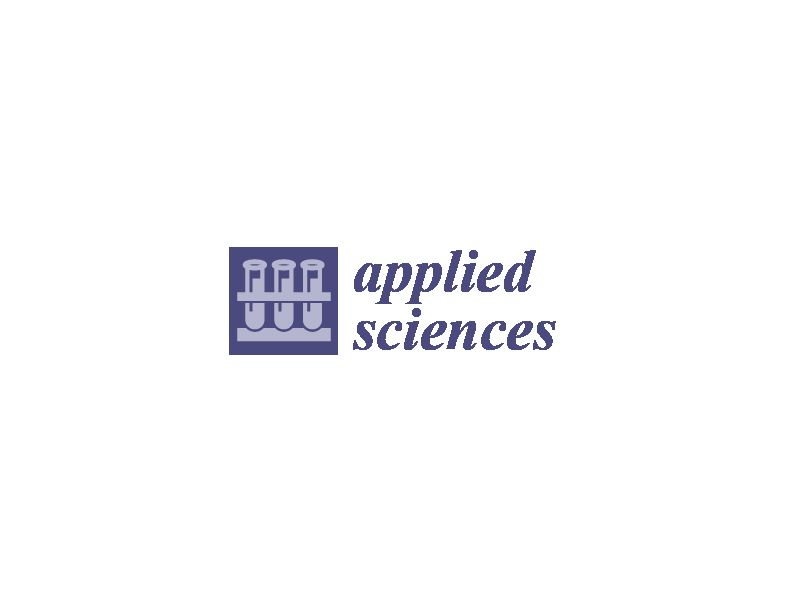
[free_download_btn]
L. A. Gizzi, D. Giove, C. Altana, F. Brandi, P. Cirrone, G. Cristoforetti, A. Fazzi, P. Ferrara, L. Fulgentini, P. Koester, L. Labate, G. Lanzalone, P. Londrillo, D. Mascali, A. Muoio, D. Palla, F. Schillaci, S. Sinigardi, S. Tudisco, G. Turchetti
Appl. Sci. 7, 984, 2017
Abstract
Relativistic laser interaction with micro- and nano-scale surface structures enhances energy transfer to solid targets and yields matter in extreme conditions. We report on the comparative study of laser target interaction mechanisms with wire-structures of different size, revealing a transition from a coherent particle heating to a stochastic plasma heating regime which occurs when migrating from micro-scale to nano-scale wires. Experiments and kinetic simulations show that large gaps between the wires favour the generation of high-energy electrons via laser acceleration into the channels while gaps smaller than the amplitude of electron quivering in the laser field lead to less energetic electrons and multi-keV plasma generation, in agreement with previously published experiments. Plasma filling of nano-sized gaps due to picosecond pedestal typical of ultrashort pulses strongly affects the interaction with this class of targets reducing the laser penetration depth to approximately one hundred nanometers. The two heating regimes appear potentially suitable for laser-driven ion/electron acceleration schemes and warm dense matter investigation respectively.
- Versione
- Scarica 22
- Dimensioni file 2.27 MB
- Conteggio file 1
- Data di Pubblicazione Ottobre 18, 2017
- Ultimo aggiornamento Aprile 12, 2018
